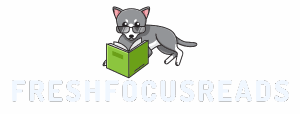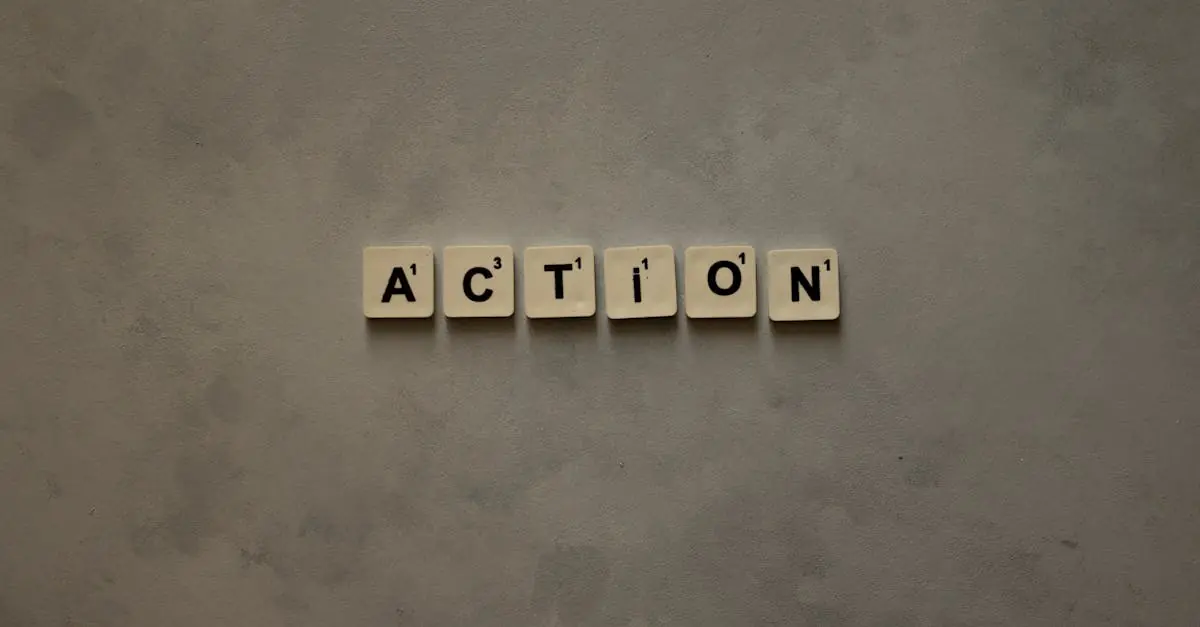Creative thinking isn’t just for artists and daydreamers; it’s the secret sauce that can spice up any profession. Imagine tackling problems with the flair of a magician pulling rabbits out of hats. When individuals embrace creative thinking, they unlock a treasure trove of innovative solutions and fresh perspectives that can transform mundane tasks into exciting challenges.
Table of Contents
ToggleOverview of Creative Thinking
Creative thinking encompasses the ability to generate new ideas and unique solutions. It involves looking at problems from various perspectives instead of relying on conventional approaches. Many professions benefit from this thought process, not just those in creative fields. It fosters innovation, enhancing productivity and effectiveness in the workplace.
Diverse scenarios can arise when individuals apply creative thinking. Team dynamics improve as members contribute fresh viewpoints. This leads to well-rounded solutions that address challenges comprehensively. Moreover, creative thinkers often display resilience, adapting to changing environments with ease.
Collaboration plays a crucial role in fostering creative thought. Engaging with colleagues encourages the exchange of ideas, sparking inspiration in everyone involved. Regular brainstorming sessions can cultivate a culture of creativity, leading to significant breakthroughs.
Research supports the advantages of creative thinking. Studies have shown that organizations prioritizing creativity experience higher employee satisfaction levels. This satisfaction correlates with increased loyalty and performance, directly impacting overall success.
With creative thinking, individuals can transform ordinary tasks. It injects excitement into monotonous routines, motivating people to approach everyday responsibilities differently. By embracing this mindset, one can unlock potential, leading to remarkable outcomes in various settings.
Enhanced Problem-Solving Skills
Creative thinking strengthens problem-solving skills by encouraging unique perspectives. This method allows individuals to explore various routes when addressing challenges.
Innovative Solutions
Generating innovative solutions becomes simpler with creative thinking. It empowers individuals to identify and implement unconventional strategies. For example, brainstorming sessions often yield unexpected ideas that lead to breakthroughs. Professionals in creative fields benefit from these approaches, but the advantages extend to all industries. Research illustrates that organizations focusing on creativity report up to 70% greater employee engagement. The increased engagement naturally leads to improved problem-solving capabilities across teams.
Flexibility in Approach
Flexibility in approach emerges as a significant advantage of creative thinking. By shifting perspectives, individuals discover alternative solutions that traditional methods may overlook. Adapting to changing circumstances becomes easier with a creative mindset. For instance, teams encouraged to think creatively can pivot when faced with unexpected hurdles. Studies indicate that workplaces fostering creative habits experience 50% more responsiveness to change. This adaptability enhances problem-solving efficiency and fosters a culture of innovation.
Improved Emotional Well-Being
Creative thinking significantly contributes to improved emotional well-being. It enhances self-expression and promotes a positive mindset.
Stress Reduction
Engaging in creative activities serves as a powerful stress reliever. Studies show that individuals who practice creativity experience a decrease in cortisol levels, a hormone associated with stress. Activities such as painting, writing, or music allow for emotional expression, releasing pent-up feelings. Participants in creative workshops often report feeling more relaxed and open-minded. Access to tools that foster creativity enables people to better manage stress, leading to more balanced lives.
Increased Happiness
Creative thinking plays a crucial role in boosting overall happiness. Research indicates individuals who regularly engage in creative pursuits report higher levels of satisfaction. Those who experiment with art or innovative solutions find joy in the process, as it promotes a sense of achievement. Creative endeavors provide opportunities for mastery and skill development, which enhances self-esteem. Happiness derived from creativity often extends beyond the individual, fostering positive social interactions and a sense of community.
Boosted Collaboration and Teamwork
Creative thinking serves as a catalyst for collaboration and teamwork, enhancing interactions within groups. Team members communicate more effectively by embracing creative approaches to challenges, leading to open dialogues and shared insights. Enhanced communication fosters clarity, ensuring everyone understands each other’s roles and contributions. As each person expresses their ideas, it encourages others to voice their thoughts without hesitation.
Diverse perspectives lead to well-rounded solutions. Teams that harness creativity tap into a wide range of viewpoints, driving innovation. This variety results in richer discussions and more effective decision-making. Collective brainstorming allows individuals to approach problems differently, revealing options that traditional methods might overlook. According to recent research, organizations emphasizing diverse input achieve up to 70% higher employee engagement, which strengthens team bonds and promotes a culture of cooperation.
Personal Growth and Development
Creative thinking drives personal growth and development by fostering essential skills such as problem-solving and adaptability.
Increased Confidence
Creative thinking boosts confidence in various situations. Embracing unique ideas prepares individuals to share thoughts without fear of judgment. Incremental successes build momentum, encouraging a proactive attitude toward challenges. Furthermore, enhanced self-expression leads to an authentic sense of identity. Engaging in creative activities encourages exploration, allowing individuals to discover hidden talents. As a result, self-assurance grows with every creative endeavor, opening doors to new opportunities.
Lifelong Learning
Lifelong learning flourishes through creative thinking. Individuals often explore new topics and skills, driven by curiosity. Engaging with diverse perspectives expands knowledge and understanding. Creativity facilitates experimentation, making the learning process enjoyable instead of tedious. Adapting to new information becomes more manageable when a creative mindset is embraced. Research indicates individuals prioritizing creativity engage with learning up to 60% more frequently, resulting in personal and professional development. Each new experience enriches lives, making personal growth a continuous journey.
Embracing creative thinking unlocks a multitude of benefits that extend far beyond traditional boundaries. It empowers individuals to approach challenges with fresh perspectives and innovative solutions, enhancing both personal and professional growth. By fostering an environment that values creativity, organizations can boost employee engagement and satisfaction while driving collaboration and teamwork.
The positive impact of creative thinking on emotional well-being cannot be overlooked, as it cultivates a sense of achievement and joy. Individuals who engage in creative pursuits experience not only enhanced self-expression but also improved problem-solving skills. Ultimately, integrating creative thinking into daily routines can lead to remarkable transformations in productivity and fulfillment, making it an invaluable asset in today’s fast-paced world.

